Team manage to observe growth of thin-film solar cells in real time and to study the formation and degradation of defects that compromise efficiency.
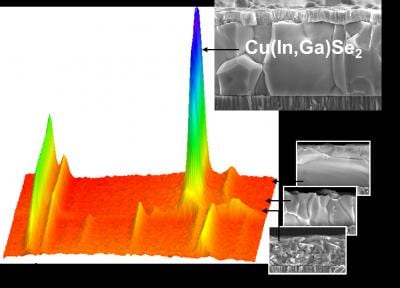

Team manage to observe growth of thin-film solar cells in real time and to study the formation and degradation of defects that compromise efficiency.
Loan will further the commercial development of Solink nanomaterial.
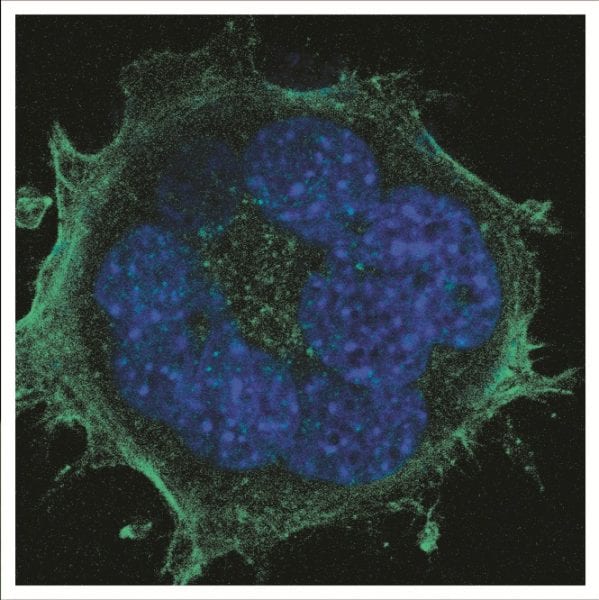
Bigger is not necessarily better: when it comes to culturing fibroblasts on nanowire substrates, there are several reasons to reconsider the use of long nanowires.
China Innovation Center will significantly expand its research, development and training capabilities to support growth markets in the Asia-Pacific region.
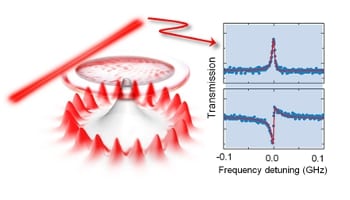
A team from Peking University have reported a way to make a chaotic microcavity transparent for a free-space laser beam.
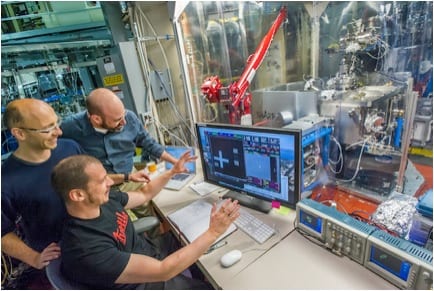
The world’s most advanced extreme-ultraviolet microscope is about to go online at theDOE’s Lawrence Berkeley National Laboratory.
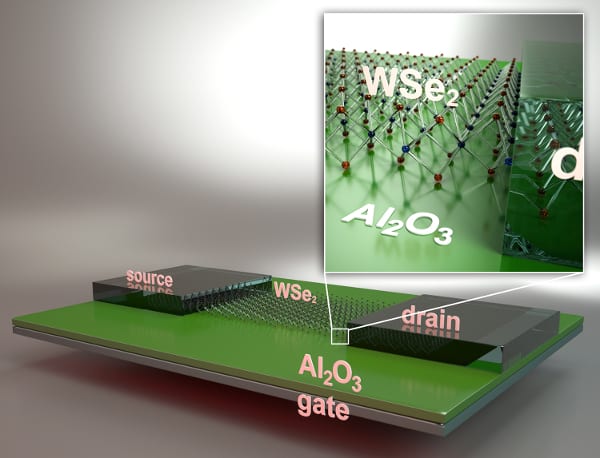
UC Santa Barbara researchers demonstrate first n-type field effect transistors on monolayer tungsten diselenide with record performance.
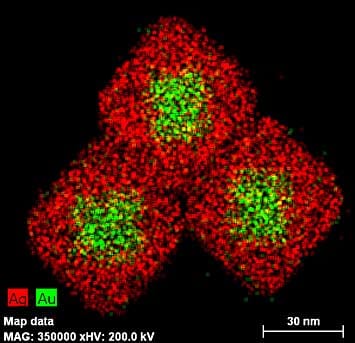
A team of scientists has developed a new, simpler way to discern molecular handedness, known as chirality, using gold-and-silver cubic nanoparticles.
Program is intended to meet the growing demand for workers who can keep pace with emerging nanotechnologies.
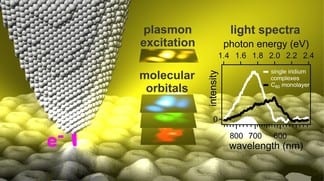
Scientists have discovered how optical signal transmission can be controlled, which could lead to integration of plasmonics with electronic circuits.